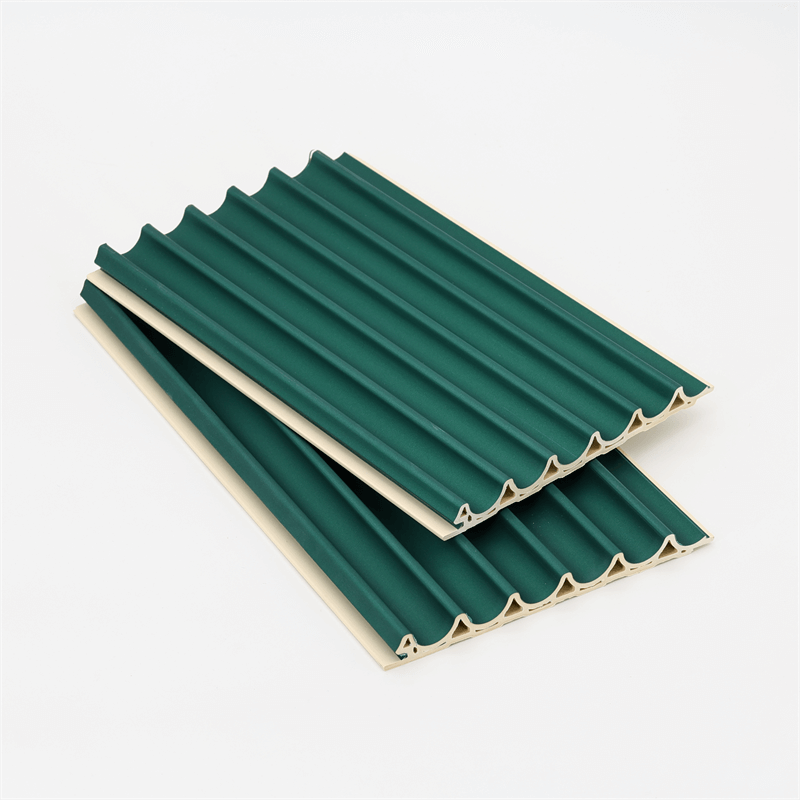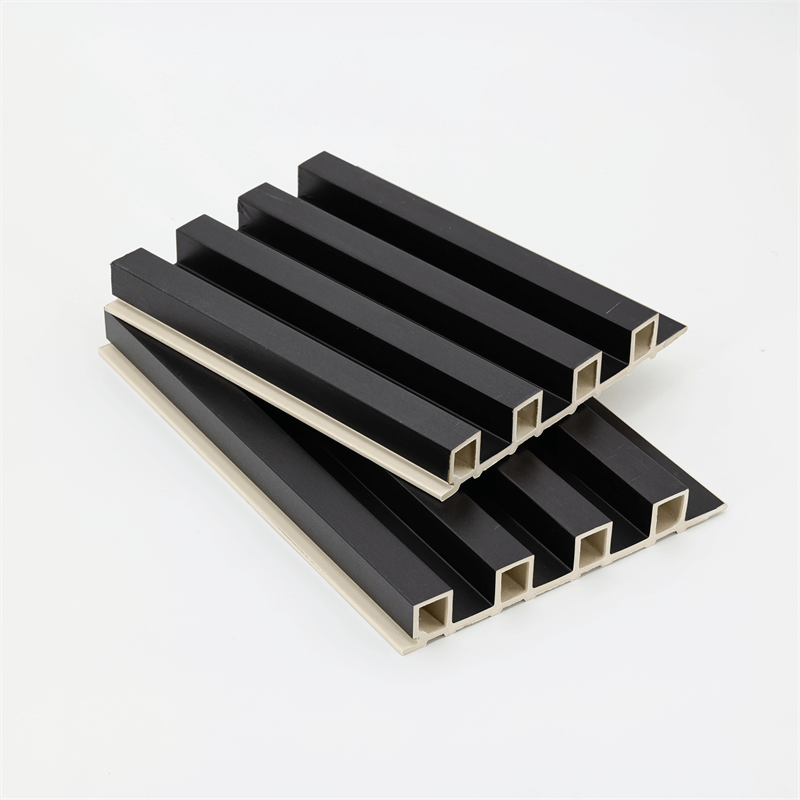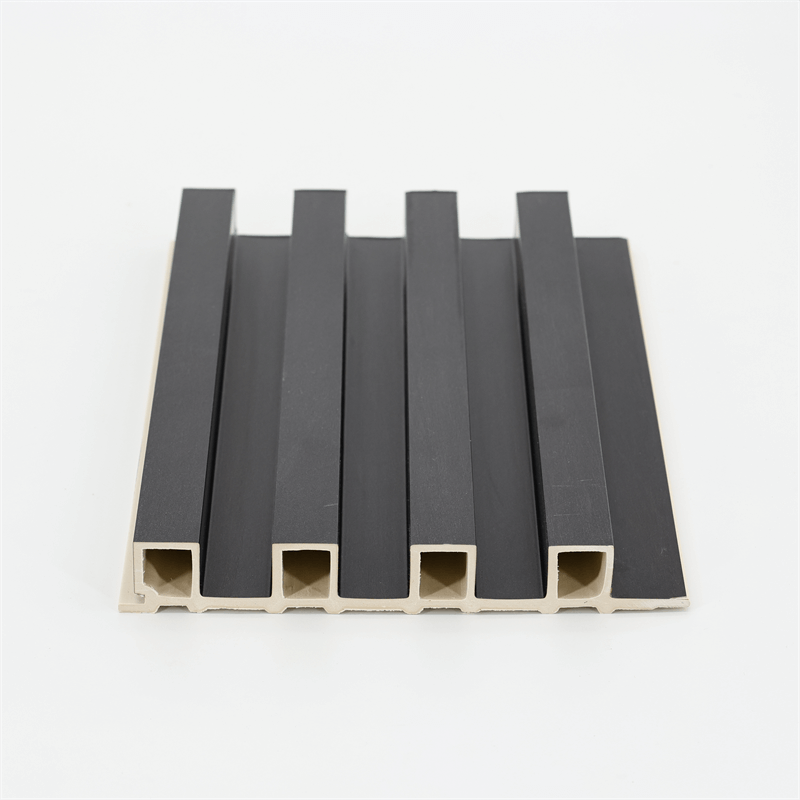In recent years, the use of Wood-Plastic Composite (WPC) wall panels has gained significant popularity in the field of interior design.
These innovative panels offer a range of advantages that make them an ideal choice for enhancing the aesthetic appeal and functionality of interior spaces.
This essay explores the numerous advantages of using WPC wall panels for interior design, highlighting their durability, versatility, eco-friendliness, and ease of maintenance.
I. Durability: Long-lasting and Resilient
WPC wall panels are renowned for their exceptional durability, making them a reliable choice for interior design applications.
These panels are composed of a combination of wood fibers and thermoplastics, creating a robust composite material that is resistant to wear, impact, and deterioration.
Unlike traditional materials like wood or plaster, WPC wall panels do not warp, crack, or rot when exposed to moisture or changes in temperature.
Their structural integrity ensures a long lifespan, making them a cost-effective investment for interior design projects.
Furthermore, WPC wall panels exhibit superior resistance to fading and discoloration caused by UV radiation.
This characteristic is particularly advantageous for spaces with ample sunlight exposure, as it guarantees the panels will maintain their aesthetic appeal over time.
Additionally, their ability to withstand scratches and abrasions ensures that the walls will retain their pristine appearance, even in high-traffic areas.
II. Versatility: Aesthetic Possibilities and Design Flexibility
One of the key advantages of WPC wall panels is their versatility in terms of aesthetic possibilities and design flexibility.
These panels are available in a wide range of colors, textures, and finishes, allowing interior designers to unleash their creativity and cater to various design preferences.
Whether aiming for a rustic, contemporary, or minimalist look, WPC wall panels can be customized to suit any interior style.
Moreover, WPC wall panels can be easily molded and shaped into different forms, making them suitable for various design applications.
They can be installed vertically or horizontally, and their modular nature enables designers to create visually appealing patterns or focal points on walls.
Whether used as a full wall covering or as decorative accents, WPC wall panels add depth and visual interest to interior spaces, creating a dynamic and inviting ambiance.
III. Eco-Friendliness: Sustainable Interior Design Solution
In an era where sustainability is a growing concern, WPC wall panels offer a compelling advantage by providing an eco-friendly alternative to traditional materials.
The composition of WPC panels includes recycled wood fibers and recycled plastic materials, reducing the demand for virgin timber and petroleum-based plastics.
By utilizing recycled materials, WPC wall panels contribute to waste reduction and promote a more sustainable approach to interior design.
Additionally, the manufacturing process of WPC wall panels consumes less energy and generates fewer greenhouse gas emissions compared to traditional materials.
The panels are also free from toxic chemicals, such as formaldehyde, which are often found in certain building materials and can be detrimental to indoor air quality.
By choosing WPC wall panels, interior designers contribute to creating healthier and greener living environments.
IV. Ease of Maintenance: Time and Cost Efficiency
Another significant advantage of WPC wall panels is their ease of maintenance, which translates into time and cost savings for homeowners and businesses.
Unlike traditional materials that may require frequent repainting, sealing, or refinishing, WPC wall panels are virtually maintenance-free.
They do not require sanding, staining, or varnishing to maintain their appearance, significantly reducing the need for ongoing upkeep.
Cleaning WPC wall panels is a simple task that can be accomplished with mild soap and water, eliminating the need for specialized cleaning products.
Their smooth surfaces do not accumulate dust, allergens, or stains, making them an excellent choice for individuals with respiratory sensitivities or allergies.
By minimizing the time and effort spent on maintenance, WPC wall panels allow homeowners and businesses to focus on other aspects of interior design and enjoy a hassle-free living or working environment.
The advantages of using WPC wall panels for interior design are undeniable.
With their exceptional durability, versatility, eco-friendliness, and ease of maintenance, these panels have revolutionized the way we enhance the aesthetic appeal and functionality of interior spaces.
By opting for WPC wall panels, interior designers can create visually stunning environments that are sustainable, resilient, and cost-effective.

As the demand for sustainable and innovative building materials continues to grow, WPC wall panels stand at the forefront, shaping the future of interior design.
Furthermore, the advantages of WPC wall panels extend beyond their immediate benefits. By choosing this eco-friendly and durable material, interior designers contribute to a more sustainable future.
The use of recycled materials and the reduction of energy consumption in the manufacturing process help minimize the environmental impact of interior design projects.
Moreover, the versatility of WPC wall panels allows for endless design possibilities, catering to a wide range of aesthetic preferences and interior styles.
Whether it’s a residential space, commercial establishment, or public building, WPC wall panels can elevate the visual appeal and create a welcoming atmosphere.
In addition to their aesthetic appeal, WPC wall panels offer practical advantages in terms of maintenance.
The low-maintenance nature of these panels saves valuable time and resources, allowing homeowners and businesses to focus on other aspects of interior design and overall upkeep.
As interior design continues to evolve, embracing sustainability and functionality, WPC wall panels have emerged as a frontrunner in meeting these demands.
Their durability, versatility, eco-friendliness, and ease of maintenance make them a preferred choice for professionals and individuals looking to enhance their living and working environments.
In conclusion, the advantages of using WPC wall panels for interior design are multi-faceted.
From their durability and versatility to their eco-friendliness and ease of maintenance, these panels offer a comprehensive solution for creating visually appealing, sustainable, and practical interior spaces.
With their ability to transform any room into a stylish and inviting space, WPC wall panels have become a staple in modern interior design.
By incorporating them into projects, designers can achieve stunning results while contributing to a greener and more sustainable future.


